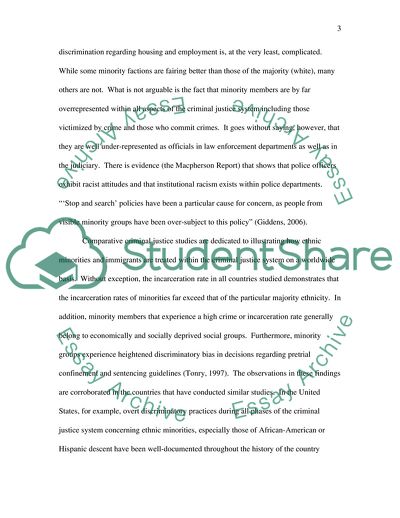Cite this document
(Minorities are Over-represented throughout the Criminal Justice Coursework, n.d.)
Minorities are Over-represented throughout the Criminal Justice Coursework. https://studentshare.org/sociology/1708680-why-are-some-ethnic-minority-groups-so-over-represented-throughout-the-criminal-justice-process
Minorities are Over-represented throughout the Criminal Justice Coursework. https://studentshare.org/sociology/1708680-why-are-some-ethnic-minority-groups-so-over-represented-throughout-the-criminal-justice-process
(Minorities Are Over-Represented Throughout the Criminal Justice Coursework)
Minorities Are Over-Represented Throughout the Criminal Justice Coursework. https://studentshare.org/sociology/1708680-why-are-some-ethnic-minority-groups-so-over-represented-throughout-the-criminal-justice-process.
Minorities Are Over-Represented Throughout the Criminal Justice Coursework. https://studentshare.org/sociology/1708680-why-are-some-ethnic-minority-groups-so-over-represented-throughout-the-criminal-justice-process.
“Minorities Are Over-Represented Throughout the Criminal Justice Coursework”. https://studentshare.org/sociology/1708680-why-are-some-ethnic-minority-groups-so-over-represented-throughout-the-criminal-justice-process.


